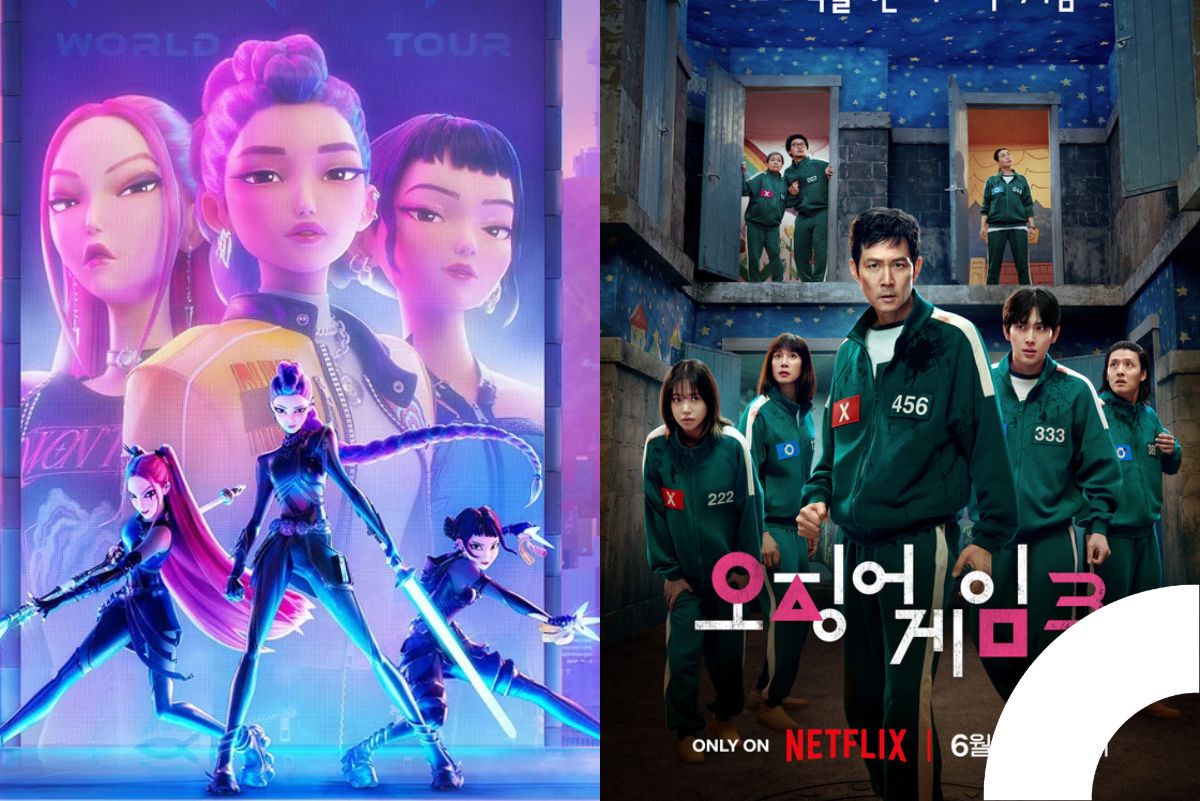From the ruins of the war and the edge of economic collapse, South Korea has increased to become one of the most influential cultural forces in the world – a transformation as strategic as it is remarkable.
In 1960, South Korea was one of the poorest nations in Asia, with a per capita GDP of less than $ 100 and a global image linked to instability and poverty. By 2022, according to the World Bank, it had become the tenth largest economy with a $ 1.741 trillion dollar GDP and a per capita GDP greater than $ 33,700, firmly classified as a developed and high -income country.
Transform pop culture into national export
Journalist and author Euny Hong, in The birth of the Corean CoolHe claims that the transformation of South Korea owes so much to the cultural strategy of industrial growth. The turning point came in the wake of the 1997 Asian financial crisisknown at national level as the “Crisis of the IMF”.
The newly elected president Kim Dae-Jung not only sought an economic recovery, but also a rebranding of the nation’s image. In 1998, he commissioned the PRA expert, Edelman Korea’s Lee to guide what Hong describes how “The largest national rebranding campaign in history.”
Instead of hiding the crisis, Lee reformulated it as proof of the resilience of South Korea, launching Korea: on the route and open for business for global investors. This campaign marked the beginning of a push of the soft power supported by the government that was not “unprecedented in world history,” said Hong to France24.

Heavy investments in the broadband internet followed, laying the foundations for the rise of K-pop, K-dramascinema and games online. The entertainment industry has adopted a rigorous “Star Factory” model, while Korean cuisine, films and music were deliberately exported with tailor -made marketing for each target audience. From Oldboy TO Parasite, Gangnam style In BTS and Kimchi in Blackpink, the cultural exports of South Korea have become global phenomena.
The costs of “cool”
While the Korean wave (Hallyu) He brought billions of export revenues and high the global image of South Korea, Hong notes that he also reflects deeper social pressures. The harsh academic competition, high dependence rates on the Internet and the highest rate of per capita cosmetic surgery of the world reveal a culture in which beauty and successful standards are intense.

Economically, the country remains dependent on Chaebols such as Samsung and Hyundai, pushing the government’s efforts to promote small and medium -sized enterprises as part of an initiative of “creative economy”, although the results have been gradually.
“This is a tough country in which to live and not a healthy environment for mental well -being”, Hong said, adding that the South Koreans continue to do so “He works twice more difficult to become” all round “” Despite modern improvements.
From Hallyu to “Permacool”
However, Hong believes that the Korean wave has moved beyond a passage of passing through what she calls “Permacool” – A state in which the cultural influence of South Korea is argued organically, guided by the vision of the government and by the global demand.

Today, they act as the best idols and the countless stars of the drama K dominate the international phases, showing that the mixture of creativity, discipline and ambition of South Korea has ensured it a lasting place in the front line in global culture.
Sources: Znews



